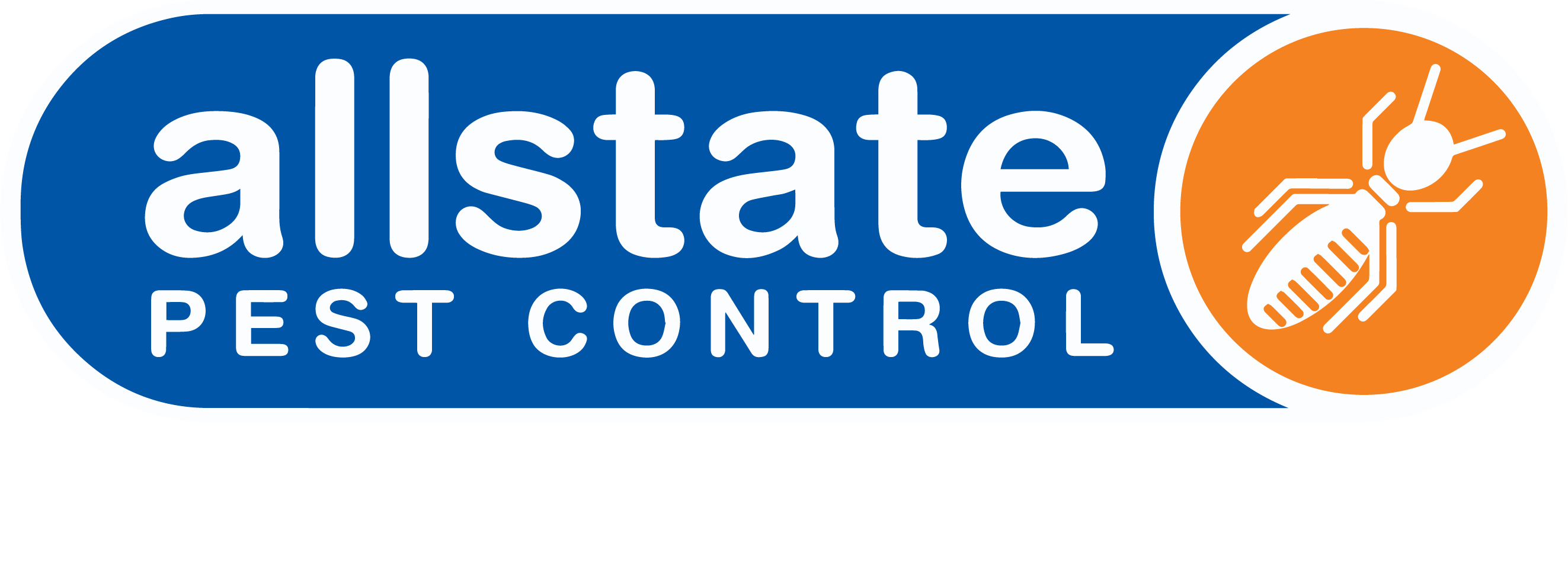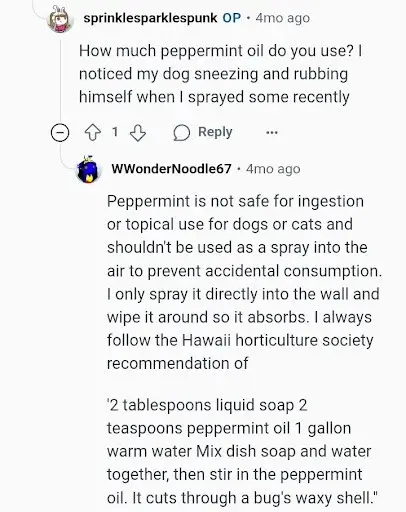Have you noticed small insects around your home and wondered if they are termites? What do termites look like exactly? It can be tricky to tell because termites can look different, even if they are from the same colony. Since termites are born into separate castes, each caste plays an important role in the survival of the colony. You’ll find that they come in various sizes, shapes, and even colours. You may even confuse them with other insects! Unfortunately, this can cause delays in identifying and preventing termites from your home and potentially result in significant structural damage and expensive repair bills.
If you suspect you’re experiencing a termite outbreak, continue reading to learn more about how to identify different types of termites and the tell-tale signs of an outbreak in your home. For more information, visit our Stepney pest control services.
What questions will this article answer?
How different types of termites look
Learn about alates, soldiers, workers, King and Queen termites and how they contribute to a colony’s success and survival.
What do termite wings mean?
If you notice alate wings scattered around your home, or even piles of wings, it’s a sure sign that there’s a termite colony nearby.
How to tell the difference between termites and ants
By comparing their wings, waist, segmentation, antennae, eyes and behaviour, you’ll be able to distinguish between termites and ants.
What is the difference between subterranean and drywood termites?
Look for features and characteristics such as veins on their wings, droppings, feeding habits, swarming season and the location of their tunnels.
What does termite damage look like?
You will experience substantial structural change to the walls, floors, ceilings and even electrical wiring.
How to protect your home from termites
Carry out regular garden and yard maintenance, take care when making significant landscaping changes, maintain wooden furniture, remove moisture, seal entry points to your home and contact Allstate for your yearly professional termite inspection.
Choose Allstate for safe and effective termite elimination
With one in five homes in Adelaide having fallen victim to costly termite damage, it’s important to identify and treat an outbreak as quickly as possible. Our team is available 24/7 for advice, inspections and targeted treatments.
Common types of termites in Australia
Australia is home to over 300 species of termites. However, not all of them are out to chew through your wooden deck or frame. Only a handful of termite species cause significant trouble for homes and businesses. Let’s break down the most common termites in Adelaide and the rest of Australia.
Mastotermes (giant termite)
The Mastotermes is renowned as one of the most destructive genera of the termite world. Found mostly in tropical northern Australia, these termites are known for their size and voracious eating habits.
They’ll munch through wooden structures, crops, and even leather. If you live up north and spot discarded wings near your wooden surfaces, it might be time to call the experts at Allstate Pest Control.
Cryptotermes (West Indian dry-wood termite)
Cryptotermes, or West Indian Dry-Wood Termites, are sneaky and known as Australia’s most destructive termite species. They’re even more destructive than the Mastotermes. Unlike other termite species that need soil contact, these guys can live entirely in dry wood— furniture, beams, and flooring.
They’re a real pest problem in Queensland and other humid parts of the country. Keep an eye out for termite swarms or tiny holes in your timber furniture. These could be a sign of a growing infestation.
Neotermes (ring-ant termite)
Neotermes termites, also called Ring-Ant Termites, are no strangers to damp, decaying wood. You’ll often find them in old stumps, fallen logs, or even soggy fence posts. You’ll find them in moisture, which makes them a common sight in tropical and subtropical parts of Australia.
Once you notice soft, crumbly wood in a stump, that’s probably Neotermes at work, silently munching away. These termites may not always build mud tunnels. However, the damage they leave behind can still weaken wooden structures.
Porotermes (dampwood termites)
Dampwood termites, or Porotermes, are another termite species that love a bit of water. If timber has been exposed to leaks, rain, or condensation, it’s fair game for these pests.
Think of the old shed in your backyard. After years of neglect, you might start seeing hollow-sounding walls or wood that crumbles when touched. That could be Porotermes in action. Although they don’t typically invade homes, they are a significant threat to outdoor wooden structures in areas where they are prone to.
Heterotermes
Heterotermes termites are small but mighty. Known for their destructive tendencies, they target timber that’s close to the ground. You’ll spot them building mud tunnels to stay safe while travelling from their termite nest to their next meal.
You may find them when camping in the outback. Once you notice tiny mud tracks creeping up a wooden picnic table, that’s Heterotermes. These termites are also common around gardens, often attacking wooden edging or untreated timber.
Coptotermes
Coptotermes are the real troublemakers. They’re some of the most aggressive in SE Queensland. These termites can create up to $1000 worth of damages in a single week. These termites build massive colonies and aren’t picky about what they eat. From wooden surfaces to cardboard boxes, it’s all on the menu.
As a Queensland or South Australia homeowner, once you hear strange tapping sounds in the walls, give the skirting boards a tap. If it sounds hollow, sure enough, it’s Coptotermes.
Castes of termites
There are different castes of termites within a colony. Each caste has distinct physical characteristics and has a specific role. Learn more about each caste and their unique features below:
Alates (flying termites)
Wondering if termites fly? Yes, some caste termites fly. Also known as winged termite swarms or flying termites, alates are dark grey to black coloured, with pale brown or grey wings that are longer than their bodies. Their adult size ranges between ¼ to ½ an inch long.
If you see flying termites, this is a good sign that a termite colony has matured and reached a certain size and is ready to expand. Male and female alates couple off, fly away, mate to lay eggs and start a new colony. You can expect to see them emerging from their nests in spring.
Termite soldiers
Making up around 2% of a termite colony and ranging in colour from elongated beige-coloured bodies to darker heads, termite soldiers are around 5 to 6.5mm long. Termite soldiers are easily recognised by their distinct protruding large mandibles and unique-shaped heads.
You may even find that some termite soldiers species have an extra defence mechanism known as fontanelles. These finger-like projections secrete a sticky liquid to trap ants and other organisms, which may pose a threat to the colony.
There are two types of soldier termites: mandibulates have well-formed jaws, whereas nasute develop a more elongated snout covering a small mouth and jaw.
Soldier termites are well built for biting potential predators, plugging holes in mud tubes, as well as warning of danger by banging their heads against tunnel walls. This creates vibrations that can be felt by other termites elsewhere in the colony.
Worker termites
Making up most of the termite colony, worker termites have pale and white-coloured bodies and are the smallest in size at 4-6mm long. They have hardened mouthparts and no wings. Termite workers are susceptible to drying out and require a moist environment to thrive.
Depending on their size and age, termite workers are responsible for general maintenance of the termite mound and tunnels, gathering food, and caring for the king, queen, and eggs. If needed, older worker termites can act like soldier termites and protect the colony as well.
King
Although beginning their life cycle as an alate (flying termites), King termites have wings and become darker in colour over time as their eyesight improves. However, unlike the termite queen, who grows significantly in size, a king will remain 4-6mm long.
While Kings play an important role in founding and expanding a termite colony, they also look after young termites before there are enough worker termites to take over.
Kings have a unique ability to produce pheromones that can change termites from one caste to another. For example, Kings can change worker termites to alates or soldiers, depending on the needs of the colony.
Termite Queen (the reproductive termites)
With an expected lifespan of 25-50 years, Queen termites begin life as a pale yellow-brown colour and darken over time to black. They can grow up to 4 inches in size and continuously lay eggs to increase the termite population.
Rarely seen, Queens live deep in the ground, well protected against predators.
The primary reproductive Queen termite has wings and the ability to secrete hormones. These hormones assist in producing secondary and tertiary queens, who go on to establish satellite nests, driving the growth of the colony even faster.
What do termite wings mean?
In spring, winged male and female termites couple off, emerge from the nest and fly to other locations to mate and expand the colony.
Known to shed their wings within minutes of landing, if you notice flying termite wings scattered around your home, or even piles of wings, it’s a sure sign that there’s a termite colony nearby. We recommend contacting Allstate to arrange an urgent termite inspection.
How to tell the difference between termites and ants
Without proper training, it can be difficult to determine whether the insects flying around your property are a swarm of termite alates or flying ants. While termites are also called white ants as they look like a lighter-coloured version of ants, their similarities end here. Here’s some tips to help you decide which pesky insect is being a nuisance:
Wings
Termites have equally sized fore and hind wings, whereas ants have larger fore wings and smaller hind wings.
Waist
Termites have a broader waist compared to ants.
Segmentation
Ant bodies are segmented; termites are not.
Antennae
Ants have elbowed and segmented antennae, whereas termite antennae are straight and beaded.
Eyes
Apart from the King and Queen, all other termites are blind, whereas ants have good vision.
Behaviour
As reclusive creatures, termites live quietly, hidden away in tunnels underground or burrowed deeply inside wood behind a sealed entrance. On the other hand, ants are frequently spotted coming and going from their nest, travelling along visible trails foraging for food.
Not sure if it’s ants or termites? Speak to our team today
Not sure if it’s ants or termites? Speak to our team today
or
What is the difference between subterranean and drywood termites?
The most common types of termites you’ll most likely encounter are subterranean and drywood. While they must both locate a source of wood to feed on, they are otherwise distinctly unique creatures.
It’s useful to find out which species is the source of your outbreak to ensure any targeted treatment has the maximum benefit. Below are some ways to help you tell the difference between subterranean and dry-wood termites:
Season
Subterranean alates swarm in spring, whereas dry wood termites do so in late summer or early autumn.
Veins on their wings
Drywood alates have 3-4 veins embedded on each wing, and subterranean alates have a single prominent, dark vein running parallel to the top of each wing.
Location
Subterranean termites nest and tunnel beneath the ground, requiring moisture to survive. Drywood termites typically tunnel inside the wood and aren’t known to dig in the soil.
Droppings
Subterranean termite waste or “carton” appears cardboard-like and is repurposed to line mud tubes. On the other hand, drywood termites dispose of waste outside of the wood they’re infesting and accumulate waste in small piles known as “frass”.
Feeding habits
Drywood termites feed across the grain of wood, resulting in more disorganised remnant wood galleries containing frass. Subterranean termites chew on the softest part of the wood between the grains, leaving behind neatly hollowed-out wood segments.
What does termite damage look like?
If left unchecked, termites can cause significant structural problems to your home or business, compromise you and your family’s safety and leave you out of pocket thousands of dollars in repairs. You may notice changes such as:
- Cracks in walls, floors and ceilings which can easily be mistaken as water damage.
- Paint may begin to bubble or take on a honeycomb appearance from hollowing out of underlying timber.
- Sagging, cracking and blistering of laminated floors, skirting boards and ceiling beams. Warped doors and frames can be hard to open.
- If you notice that your electricity supply is frequently compromised, termites could be causing the problem. As they chew through wood, termites damage nearby wiring and cause short circuits.
As pest control experts, we are licensed and fully equipped with modern technology to assess for termite activity in timber structures.
We’re available 24/7 to discuss any termite-related damage that you’ve noticed around your home or business.
Noticing signs of termite activity in your home or business? Contact Allstate today
or
How to protect your home from termites
At Allstate, we recommend annual termite inspections for most homes and businesses or more often if your location is at a higher risk of a termite attack.
Our licensed and experienced team uses modern technology to provide you with comprehensive termite risk assessments and targeted treatment options if necessary. You can learn more about our professional termite inspections here.
In addition to annual termite inspections, we recommend taking the following preventative measures to actively deter termites from entering your home in the first place:
Landscaping
Take care to maintain the integrity of your existing termite barrier and minimise introducing new entry points when making any significant changes to your yard.
Garden and yard maintenance
Maintain a tidy yard by removing tree stumps, clearing gutters, and removing piles of vegetation and litter. Trim shrubs to ensure a 12-inch clearance from your home. Store piles of wood and timber in a dry place away from your house.
Maintain wooden furniture
Ensure that all wooden furniture in your home is sealed, treated and moisture-free.
Remove moisture
Check pipes, drains, and roof damage for any signs of leaks, as these can attract termites. Look for signs of condensation in your heating and cooling unit.
Seal entry points to your home
Prevent swarmers from accessing your home by covering gaps around windows and doors.
Neighbours with termite problems
Termites can travel 50-100m away from their nest, so be aware that your home may also be susceptible if your neighbours have a termite outbreak. This may mean having more frequent termite inspections to catch any problems as early as possible.
Choose Allstate for safe and effective termite prevention
With one in five homes in Adelaide having fallen victim to costly termite damage, it’s important to identify and treat an outbreak as quickly as possible.
That’s why our experienced pest control team at Allstate is available 24/7 for advice and assistance.
Since 1986, we have conducted comprehensive termite inspections in line with Australian standards and prevented infestations for residential, commercial and industrial properties all over Adelaide.
Using the latest specialised equipment to detect outbreaks and targeted, up-to-date treatments, we are fully equipped to provide long lasting protection to your home from termites. Backed by extensive warranties, our recommended treatments are nontoxic to children, pets and the environment.
With a 100% money-back guarantee if you’re not satisfied with our service and payment plans available, there is no need to delay an urgent termite inspection and treatment.
Speak to an Allstate consultant today to find out more about how we can help you prevente termites for good.
Safeguard your home from termites today today
 or
or
Frequently Asked Questions
How do you tell if it’s a termite infestation?
Look for mud tubes on walls, trees, or wooden structures. Check and tap wooden surfaces. If it looks or sounds hollow with wood dust, you might have termites. Discarded wings near windows are also a red flag.
What do termites look like in Australia?
Australian termites, often called “white ants,” have soft, pale bodies. They’re usually white to light brown and thrive in our warm climate.
What do termites look like to the human eye?
Termites are small, soft-bodied insects. Most termites are creamy white, pale brown, or sometimes golden. Worker termites are tiny but visible to the naked eye.
What do household termites look like?
Household termites range from 3mm to 12mm in size. Their appearance changes based on their role — termite workers, soldiers, or reproductive termites. Termite larvae, on the other hand, are only 1/10″ long.
What bug can be mistaken for termites?
Carpenter ants are often mistaken for termites because they also damage wood. Powderpost beetles are another culprit. But ants have bent antennae, while termites have straight antennae.
Safeguard your home from termites today by calling Allstate Pest Control at 83711277.


